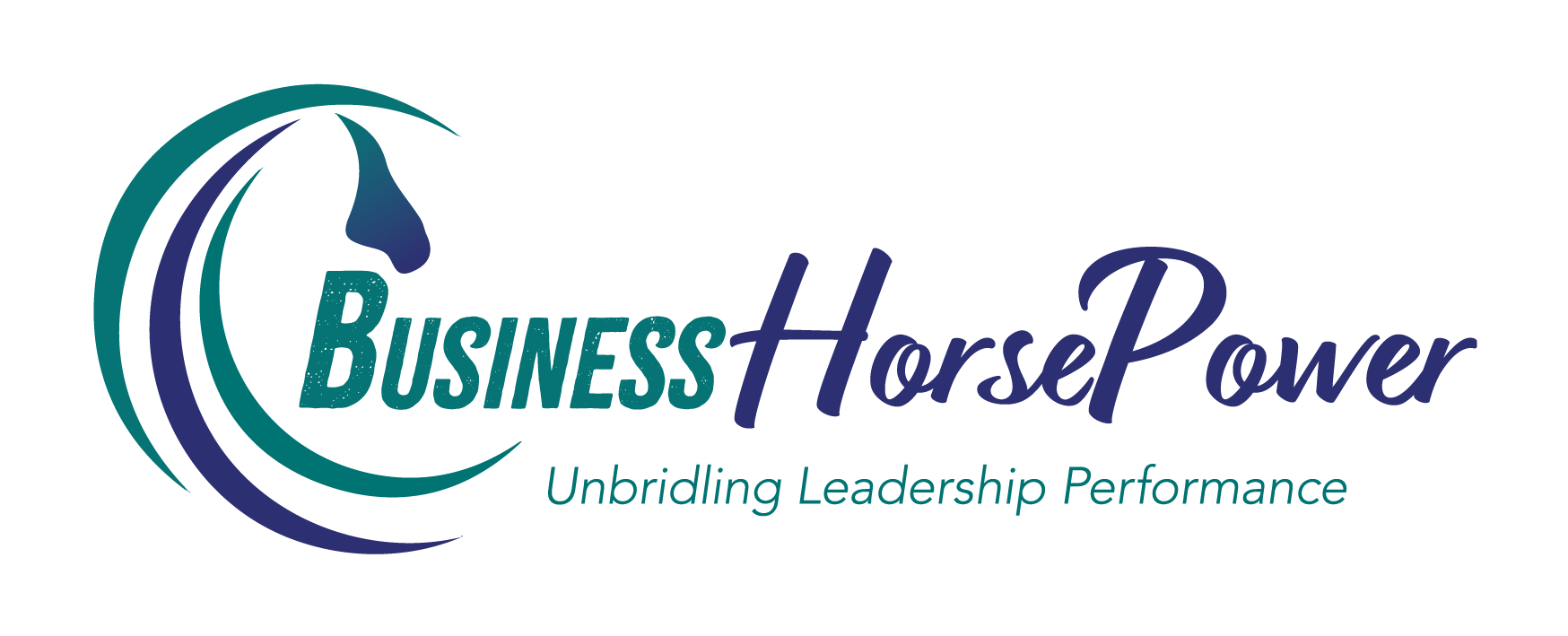Welcome back to “Impactful Teamwork,” where today we dive deep into understanding our individual roles within a team and the profound impact they have on achieving collective success.
I am thrilled to discuss a topic that resonates with so many business leaders, especially in this era of relentless change. Understanding the roles we play and the contributions we make is not just beneficial; it’s crucial for any high-functioning team.
“Teamwork is the ability to work together toward a common vision. It’s the fuel that allows common people to attain uncommon results.”
This quote by Andrew Carnegie beautifully captures the essence of effective teamwork. As business leaders, our superpower lies in unleashing the potential of our teams, transforming individual contributions into extraordinary collective achievements.
The Power of Flow
One of the most transformative states for achieving peak performance in a team is the state of “flow.” Flow occurs when individuals are fully immersed and energized by their tasks, feeling a harmonious blend of challenge and competency. In this state, work not only feels easier—it becomes more enjoyable, leading to higher productivity and deeper connection to the organization’s goals.
I have personally experienced and witnessed the benefits of flow in a team setting. It’s a state where time seems to stand still because you are so absorbed in the task at hand. This alignment and engagement are what I aim to cultivate as an accredited high-performance coach. By fostering an environment where flow is accessible, we empower team members to excel in their roles and find joy in their contributions.
Achieving flow requires a delicate balance between the perceived challenge of a task and the skills possessed by the team member. This balance not only enhances productivity but also contributes to a team’s overall morale and creativity. When people are in flow, they report feelings of joy and a profound engagement with their work, often losing track of time due to their deep focus.
Creating conditions conducive to flow involves setting up a work environment free from distractions, where team members can concentrate fully on their tasks. This might involve practical steps such as turning off notifications, using “Do Not Disturb” signs, or wearing headphones to block out office noise. Additionally, it’s vital to provide continuous feedback, helping individuals adjust and recalibrate their efforts in real time. This feedback loop is crucial for maintaining the engagement and momentum needed to stay in flow.
Why You Need To Understand Your Role
The benefits of understanding and optimizing individual roles within a team cannot be overstated. In the business realm, it is often tempting to take on tasks solo, but true success is a team sport. As President Lyndon Johnson once said, “There are no problems we cannot solve together, and very few we can solve by ourselves.” This is why fostering teamwork is more than just a strategy; it’s a necessity.
Effective teamwork brings diverse perspectives and skills together, maximizing strengths and minimizing weaknesses. It enables leaders and their teams to approach challenges creatively and share the burden of obstacles and the triumph of successes equally. This not only enhances the outcomes but also strengthens the team’s cohesion and morale.
However, placing the right people in the right roles is just as critical as fostering the right environment. All too often, individuals are placed in roles that do not align with their skills or passions, leading to frustration and underperformance. As leaders, we must be adept at recognizing where each team member can make the most significant impact and contribute most effectively.
Take, for instance, the analogy of a rugby team. Each player has a specific role that is crucial for the team’s overall success. Imagine if a skilled player like Jonny Wilkinson, known for his strategic play as a flyhalf, was placed in a completely different position. It would not only diminish his ability to contribute but also affect the team’s performance as a whole.
As leaders, our goal should not only be to achieve business objectives but to do so in a way that empowers and fulfils our team members. By fostering an environment where individuals understand their roles and are supported in achieving flow, we can significantly enhance both individual satisfaction and team productivity.
Let us strive to place the right people in the right roles, create conditions for optimal flow, and continuously engage in honest and constructive dialogues with our team members. This approach will not only change the statistics of workplace happiness but also transform our teams into high-performing units capable of achieving extraordinary results
Show Notes:
Here are the highlights from this episode:
00:04 The Power of Teamwork and the Concept of Flow
01:05 Achieving Flow in the Workplace
05:32 Creating the Right Conditions for Flow
09:41 The Importance of Team Dynamics and Roles
15:04 The Right People in the Right Roles: A Deep Dive
21:11 The Impact of Proper Role Alignment

Julia Felton (aka The Business Wrangler) is the founder of Business HorsePower. Business leaders, entrepreneurs and executives hire her to accelerate their business performance by harnessing the energy of their people to work more collaboratively together. By aligning purpose with actions the team achieves exponential results as everyone starts pulling in the same direction.
Julia believes that business is a force for good and through designing purpose-driven businesses that leverage the laws of nature, and the herd, you can create businesses founded on the principles of connection, collaboration and community that make a significant impact in the world.

